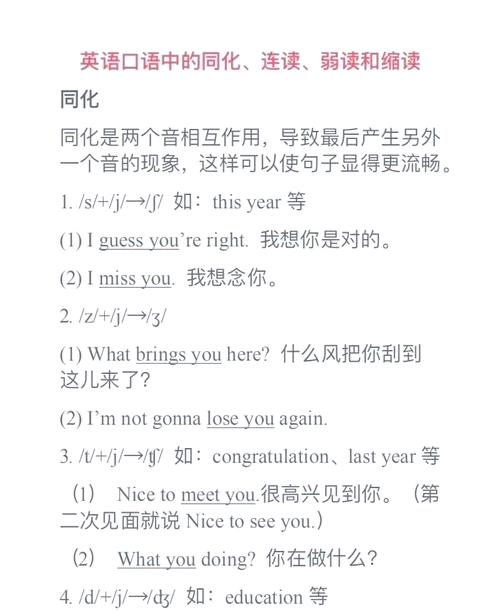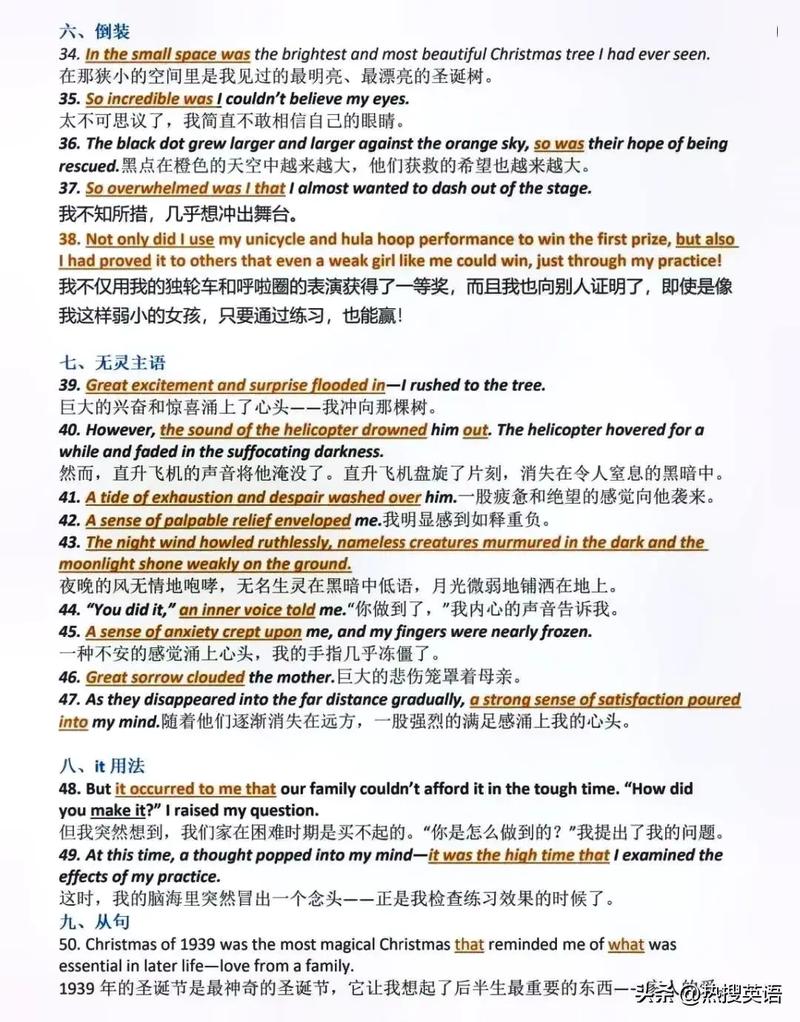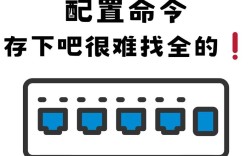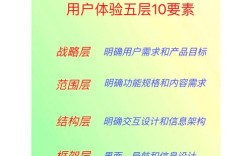缩读英语句子是提高语言表达简洁性和流畅度的重要技巧,尤其在口语交流、写作精炼或信息浓缩时非常实用,其核心原则是在保留原意的基础上,通过省略冗余成分、合并同类信息、使用简化结构等方式,让句子更紧凑高效,以下从具体方法、适用场景及注意事项三方面展开说明。

缩读的核心方法
-
省略冗余主语或宾语
当主语或宾语在上下文中明确时,可酌情省略。- 原句:"I will finish the report tomorrow."(我明天会完成报告。)
缩读:"Finish the report tomorrow."(在指令性语境中,如便条或备忘录) - 原句:"She likes apples, and I like apples too."(她喜欢苹果,我也喜欢苹果。)
缩读:"She likes apples, and I do too."(用"do"替代重复动词,避免重复宾语)
- 原句:"I will finish the report tomorrow."(我明天会完成报告。)
-
使用非谓语动词或介词短语替代从句
通过简化从句结构,减少连词和助词。- 原句:"Because it was raining, we canceled the picnic."(因为下雨,我们取消了野餐。)
缩读:"Due to the rain, we canceled the picnic."(用介词短语替代原因状语从句) - 原句:"The man who is standing over there is my teacher."(站在那边的那个人是我的老师。)
缩读:"The man standing over there is my teacher."(用现在分词短语替代定语从句)
- 原句:"Because it was raining, we canceled the picnic."(因为下雨,我们取消了野餐。)
-
合并并列成分或重复信息
将多个相同结构的短语或句子合并,避免重复。- 原句:"He is tall, and he is handsome, and he is smart."(他高、帅、聪明。)
缩读:"He is tall, handsome, and smart."(合并表语,省略重复的"and he is") - 原句:"We need to buy apples, bananas, and oranges."(我们需要买苹果、香蕉和橙子。)
缩读:"We need apples, bananas, and oranges."(省略"to buy",因"need"可直接接宾语)
- 原句:"He is tall, and he is handsome, and he is smart."(他高、帅、聪明。)
-
简化时态或语态
在不改变原意的前提下,选择更简洁的时态或主动语态。 (图片来源网络,侵删)
(图片来源网络,侵删)- 原句:"The project has been completed by the team."(项目已被团队完成。)
缩读:"The team completed the project."(主动语态更简洁) - 原句:"I am going to visit Paris next month."(我下个月要去巴黎。)
缩读:"I visit Paris next month."(在口语或非正式写作中,可用一般现在表将来)
- 原句:"The project has been completed by the team."(项目已被团队完成。)
-
使用缩略形式或省略冠词、介词
在非正式语境中,可适当使用缩略词或省略不影响理解的虚词。- 原句:"I am going to the store."(我要去商店。)
缩读:"Goin' to the store."(口语中"am"常弱化为"'m"并省略,或直接用"Gonna") - 原句:"She is a student of chemistry."(她是化学专业的学生。)
缩读:"She is a chemistry student."(用复合形容词替代介词短语)
- 原句:"I am going to the store."(我要去商店。)
适用场景与注意事项
- 适用场景:缩读多用于口语交流(如日常对话、演讲)、非正式写作(如邮件、社交媒体)、标题或摘要(如论文关键词、新闻标题)等,在正式写作(如学术论文、法律文件)中需谨慎使用,确保不损害严谨性。
- 注意事项:缩读需以"清晰传达原意"为前提,避免过度简化导致歧义,省略主语时需确保上下文明确,否则可能造成指代不清;合并成分时需注意逻辑关系,避免信息丢失。
常见缩读技巧示例表
| 原句 | 缩读后 | 说明 |
|---|---|---|
| "I think that it is a good idea." | "I think it's a good idea." | 用"it's"替代"that it is",减少从句结构 |
| "The book which I bought yesterday is interesting." | "The book I bought yesterday is interesting." | 省略关系代词"which" |
| "We should discuss about the problem." | "We should discuss the problem." | "discuss"直接接宾语,无需"about" |
| "In spite of the fact that he was tired, he worked hard." | "Despite being tired, he worked hard." | 用介词短语和动名词结构替代状语从句 |
相关问答FAQs
Q1:缩读是否等同于语法错误?
A1:不等同,缩读是语言表达的优化技巧,目的是提升简洁性,而非违反语法规则,在正式场合需遵循语法规范,但在非正式语境中,缩读(如口语中的缩略词)是自然且被广泛接受的语言现象,关键在于根据场景灵活调整,确保沟通效率与准确性。
Q2:如何判断一个句子是否可以进一步缩读?
A2:可通过以下步骤判断:① 检查是否有冗余成分(如重复的动词、宾语或可省略的连词);② 分析是否可用更简洁的结构(如非谓语动词替代从句);③ 评估缩读后是否会影响原意或造成歧义,原句"The car that is parked outside is mine"中,"that is parked"可简化为"parked",且不影响理解,因此可缩读,但如果缩读导致指代不明(如省略必要的主语),则不宜进行。








